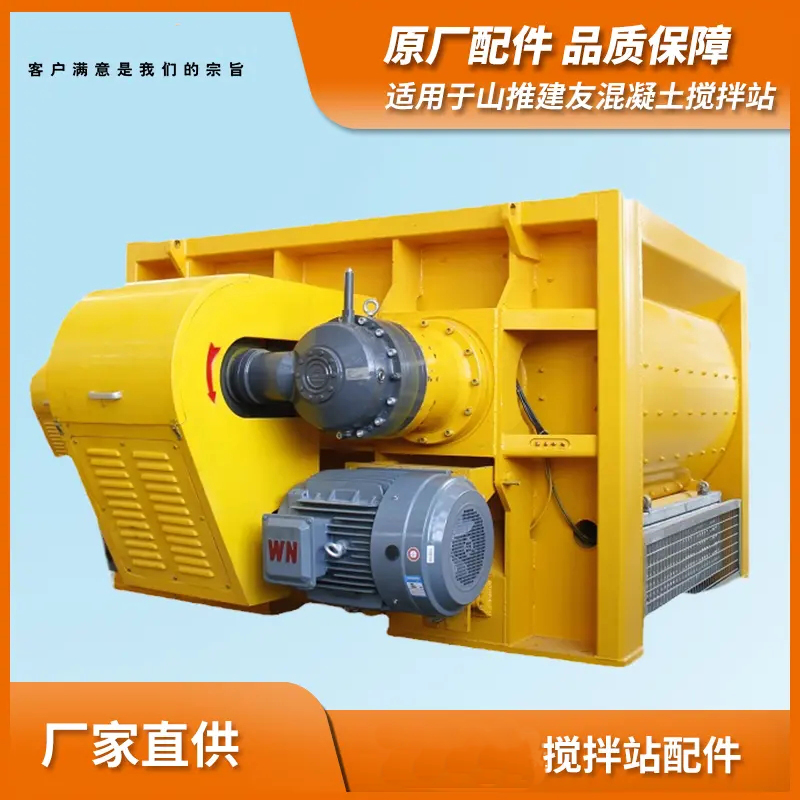The evolution of asphalt aggregate mixing equipment has been both subtle and profound, driven by advancements in technology and a growing emphasis on sustainability. While the basic principles of mixing remain unchanged, the equipment’s capabilities and efficiencies continue to shift and expand.
The Shift Towards Automation
Automation has slowly become a cornerstone of modern asphalt aggregate mixing. As industry professionals can attest, the pressure to improve precision and reduce labor costs has nudged manufacturers to integrate automated systems more deeply into their equipment. Zibo Jixiang Machinery Co., Ltd., a prominent player in this space, has been at the forefront of introducing automation into their concrete machinery lineup, as can be seen on their website: here. This move not only fine-tunes operation efficiency but also allows for adjustments in real-time to meet specific project demands.
The automatic control systems now found in many mixing plants help to maintain consistency in the mix, which is fundamental for achieving the desired quality. Automated feedback loops monitor variables like temperature and moisture content, instantly adjusting to ensure uniformity. It’s a far cry from the manual processes of the past where the human element introduced variability.
Yet, despite these advancements, it’s important to also consider the learning curve associated with such sophisticated systems. More than once, I’ve seen teams grapple with new setups, battling with everything from software glitches to sensor calibration issues. The transition isn’t always smooth, indicating an ongoing need for skilled operators who understand both the tech and the craft.

Efficiency and Environmental Considerations
Modern mixing equipment also emphasizes energy efficiency and minimal environmental impact—another key evolution in recent years. In fact, the push for green solutions is driving significant innovations. We’ve now got systems that can incorporate recycled materials without compromising mix quality, which is a tremendous leap forward in reducing the carbon footprint of paving projects.
The integration of eco-friendly practices is not just about recycling asphalt. Modern plants are built with features like reduced stack emissions and better dust capture systems. These improvements reflect industry-wide environmental standards that are constantly being updated in response to global concerns around pollution.
Further supporting this trend, companies with a focus on sustainability are using equipment designed to lower energy consumption per ton of mix. It’s become a real competitive advantage for companies that align with these values, attracting clients who prioritize eco-friendly approaches as much as performance.
Adaptability to Different Materials
Another area where asphalt aggregate mixing equipment is evolving is in its adaptability to various materials. This flexibility is vital for today’s projects which often demand unique specifications either due to local regulations or specific project requirements.
Understanding the complexity of new materials and incorporating them into existing systems has been one of the more exciting challenges I’ve witnessed. From warm mix technologies to superpave systems, the ability of modern plants to seamlessly adapt is noteworthy.
One practical example is the use of polymer-modified asphalts. While their benefits in terms of durability and resistance are well documented, they demand precise mixing conditions which modern equipment is specifically designed to meet.
Improved Maintenance and Longevity
The longevity and ease of maintenance of asphalt mixing equipment have also seen marked improvements. With equipment now often working around the clock, any downtime translates directly to lost opportunities and financial hits.
Innovations around minimizing wear and tear, such as improved liners and modular components, play a significant role. Features like quick-change components and predictive maintenance technologies ensure machinery stays operational longer without sacrificing quality.
This aspect was particularly evident in a recent project where older machinery was prone to unexpected failures, often resulting in significant delays. The shift to more modern systems allowed us to plan maintenance schedules more effectively, removing a lot of the unpredictability from the equation.

Future Prospects
The conversation about the future of asphalt aggregate mixing equipment isn’t complete without considering what’s next. We’ve seen whispers of integrating AI-driven analytics to further improve precision and identify potential issues before they occur.
Forward-thinking companies will likely continue to leverage Big Data, applying insights gathered from various projects to boost performance and efficiency. This evolving landscape is a clear indicator that the next wave of advancements will involve smarter, more connected equipment.
All these improvements paint a promising future for the industry. As innovations continue to unfold, companies like Zibo Jixiang Machinery Co., Ltd. are well-positioned to lead these changes, offering newer and more effective solutions in the concrete and asphalt mixing domain. For more information about their innovations, one can explore their offerings here.
Post time: 2025-10-08
